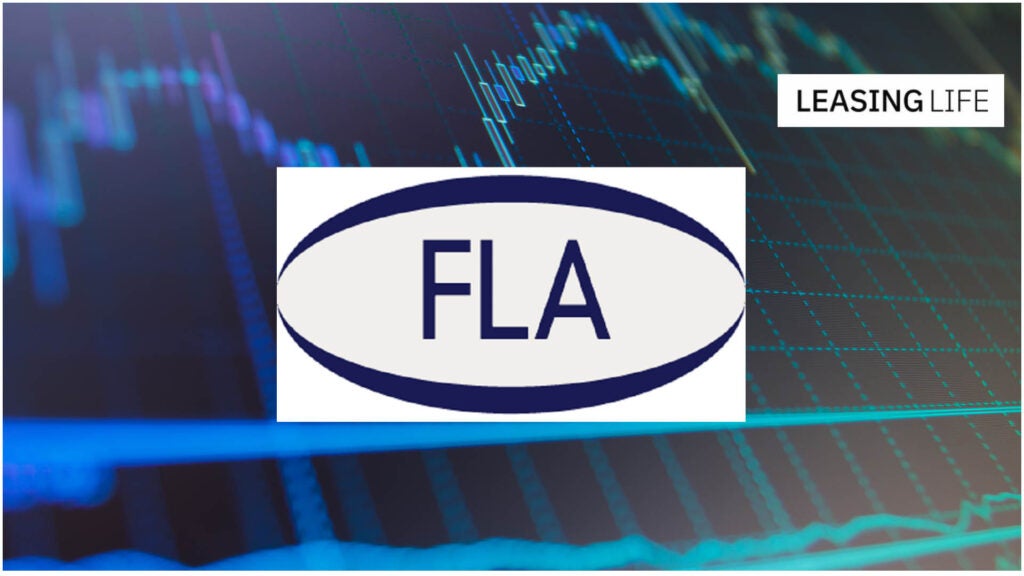
Sustainable asset management involves strategically maintaining assets to maximise the asset’s useful life.
Common initiatives that companies implement as part of sustainable asset management include upcycling, recycling, responsible disposable, creating environmentally friendly supply chains, and looking for ways to give back to the community to provide a social benefit.
This article outlines the benefits of sustainable asset management and how companies can implement options to meet an organisation’s strategic asset management objectives while addressing its environmental, social and corporate governance (ESG) objectives.
Benefits of sustainable asset management
Asset management involves the management of a company’s assets with a strategic, long-term approach. Unlike ‘managing assets’, when companies implement sustainable asset management systems and processes, they address a broader range of objectives, such as optimising the return on investment (ROI) from assets and making a demonstrable commitment to ESG.
Sustainable asset management for technology such as laptops, tablets and mobile phones is a crucial area where ESG risks can be addressed. This is because it involves maintaining assets with a relatively short lifecycle, many of which aren’t disposed of or recycled responsibly.
Further, these devices include materials such as lithium batteries, which often end up in landfill despite being toxic to the environment.
How well do you really know your competitors?
Access the most comprehensive Company Profiles on the market, powered by GlobalData. Save hours of research. Gain competitive edge.

Thank you!
Your download email will arrive shortly
Not ready to buy yet? Download a free sample
We are confident about the unique quality of our Company Profiles. However, we want you to make the most beneficial decision for your business, so we offer a free sample that you can download by submitting the below form
By GlobalDataDelivering strategic, operational and financial benefits, sustainable asset management helps companies to:
- Reduce costs: Managing assets to be used at the most efficient point in their useful life can help companies lower their cost of ownership for devices and, in some cases, use less energy if the company regularly replaces devices with the most energy-efficient options.
- Mitigate risk: Implementing a sustainable asset management solution that responsibly recycles and e-wastes devices addresses the potential financial and reputational damage that can occur when technology is compromised or unnecessarily ends up in a landfill.
- Realise efficiencies: Companies with modern, fit-for-purpose, efficient technology available can make it easier for employees to be productive, as well as helping to foster stronger retention rates.
- Maintain a competitive advantage: The companies that address their ESG risk now through implementing a sustainable asset management solution will have a competitive advantage as they can build a progressive presence in their sector while getting ahead of mandated ESG reporting standards.
Effective sustainable asset management can deliver industry-best standards, setting a company apart from its competitors. For example, in its recent device refresh, none of PwC’s 1,600 devices were e-wasted, compared to an average of 15 per cent for companies using a CAPEX ownership model. This established the foundations for PwC to optimise its asset management and led to overall staff satisfaction with IT rising from 50% to 85%, while transparently demonstrating its commitment to strong ESG practices.
Reducing costs and realising efficiencies
Implementing systems and processes that have longevity and drive a more strategic and proactive approach is central to sustainable asset management. According to Telstra, Australian companies lose an average of $4.3 billion assets each year, which equates to 2.8 million laptops. Further, 52 per cent of business leaders say there is no process in their company to address the cause of lost assets and 36 per cent of companies don’t have processes in place to improve asset management. Reducing the cost of losing assets and time spent searching for equipment are just two of the many benefits that businesses can enjoy with a more strategic approach to asset management.
Sustainably managing assets
Providing financial, operational and strategic benefits while addressing ESG risk, sustainable asset management can be implemented by choosing an asset financing and leasing provider who provides the full breadth of tools required to optimise asset management.
By implementing a more strategic approach to asset management with an asset finance provider, assets can be upgraded and replaced just in time, ensuring organisations have exactly what they need when it’s needed. Further, coupling asset leasing with intuitive lease accounting software equips companies with the tools required to report, manage, and account for all leased assets.
Stefan Iggo is the CFO of Australasian-based sustainable equipment financer Quadrent.







